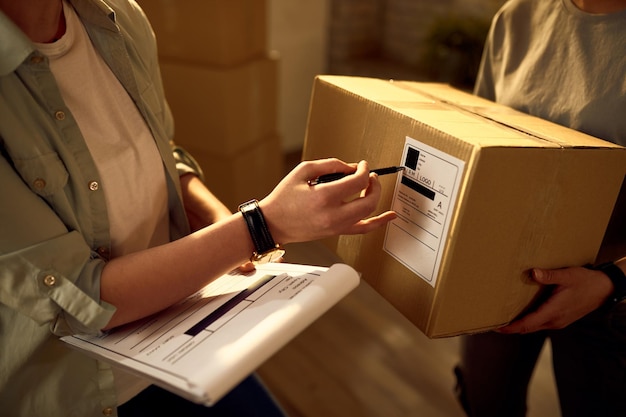
How to Optimize International Shipping for Efficiency and Cost Savings.
Shipping products internationally can open up huge opportunities for your business, but it can also come with its share of headaches if not done right. From unexpected delays to extra costs, navigating the world of global logistics can be tricky. The good news? With a few smart strategies, you can streamline your international shipping, save money, and keep your customers happy. Here’s how:
1. Know the Customs Rules and Regulations
One of the most common issues in international shipping is getting held up in customs. To avoid delays and fines, make sure you’re up to date on all the regulations for the countries you’re shipping to. This includes:
- Proper documentation: Have everything ready, like commercial invoices, certificates of origin, and customs forms.
- Correct tariff classification: Use the correct Harmonized System (HS) code for your products.
- Special permits: Some goods, like food, chemicals, or electronics, may require special permits to clear customs.
Working with a logistics provider that understands the ins and outs of international customs can help you sail through without issues.

2. Optimize Your Packaging to Cut Costs
Packaging plays a major role in the efficiency of your shipments. Good packaging not only protects your products but can also reduce the size and weight of your shipments, saving you money. Here’s how to pack smarter:
- Use the right-sized boxes: Avoid wasting space that could increase your volumetric shipping costs.
- Lightweight padding: Choose light but protective materials to cushion your products without adding too much weight.
- Reusable packaging: Consider eco-friendly, reusable packaging options to save on long-term costs and reduce waste.

3. Choose the Best Route and Mode of Transport
Picking the right route and mode of transport is key to cutting down on both time and costs. You have a few options:
- Sea freight: Best for large shipments since it’s cheaper than air, but it’s slower.
- Air freight: Ideal for urgent or smaller shipments, offering speed but at a higher cost.
- Cross-border ground transport: For neighboring countries, ground shipping can be both cost-effective and efficient.
A reliable logistics provider can help you choose the best route based on your specific needs.

4. Leverage Technology for Better Tracking
Keeping track of your shipments is crucial to avoiding problems and delays. Use technology to get real-time updates on your cargo’s status and location:
- Transportation management systems (TMS): These allow you to monitor your shipments, manage inventory, and optimize routes.
- Online tracking platforms: Give you and your customers full visibility into the status of every shipment, with real-time updates.
With full visibility, you can quickly address any issues that come up and ensure your customers are always informed.
5. Partner with a Reliable Logistics Provider
The most important piece of the puzzle is having a reliable logistics partner who can manage every stage of the shipping process—from warehousing to final delivery. When choosing your logistics provider, look for:
- Global expertise: Make sure they have experience with international shipments and a solid global network.
- Customized services: You want a provider that offers solutions tailored to your specific business needs.
- 24/7 customer support: Problems can happen at any time, so make sure your provider offers real-time assistance.
6. Plan Ahead to Avoid Surprises
Planning is everything when it comes to international shipping. Here are a few things to keep in mind to avoid last-minute issues:
- Transit times: Make sure you calculate realistic shipping times, allowing for potential customs or transit delays.
- International holidays: Keep track of holidays in the destination country, as they can slow down customs and shipping processes.
- Peak demand periods: Times like Black Friday or Christmas can mean longer transit times. Plan ahead and keep extra stock in key locations during these busy periods.
Optimizing international shipping is all about combining smart planning, the right technology, and a reliable logistics partner. By following these tips, you can reduce costs, improve your shipping efficiency, and make sure your products get to their destinations smoothly, keeping your customers happy and your business growing.
